Your cart is currently empty!
Category: Spring
-
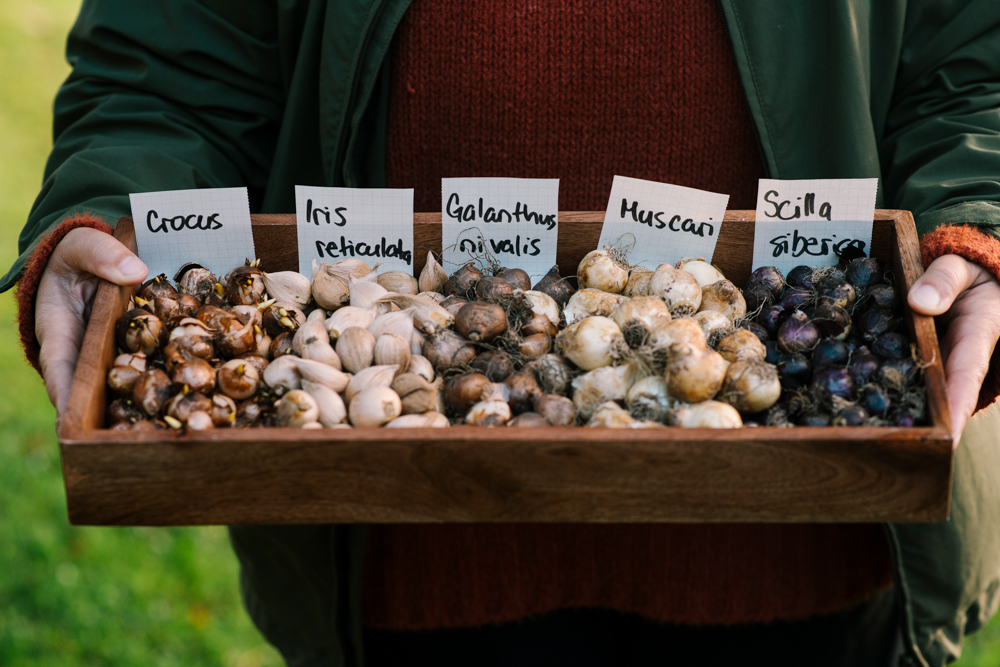
Planting bulbous plants
Spring bulbs are a group of plants that bloom in spring and reproduce by bulbs. Their peculiarity is that they have an underground organ - a bulb, which accumulates nutrients and allows plants to survive unfavorable conditions, such as winter or drought. Spring bulbs are usually the first to bloom, decorating gardens with bright colors.
Examples of spring bulbous plants:
- Tulips
- Daffodils
- Hyacinths
- Crocuses
- Muscari
- Bluebells
- Pushkinia
- Irises reticulata
These plants are easy to grow. Their bulbs are usually planted in the fall so that they have time to root before winter and bloom in the spring. They prefer well-drained soil and sunny areas.
Autumn
When purchasing bulbs, make sure they are healthy, i.e. have no signs of mold or other damage.
Always unpack purchased bulbs and store them in a cool, dry place.
Spring
When the bulbs have finished blooming, cut the stems off at the base. This action helps to gather the life force in the bulbs so that your flowers will appear in full glory next spring.
Allow the leaves and stem to wilt and dry naturally. Then you can remove them.
The bulbs themselves can overwinter and naturalize in the ground, returning each year even more beautiful.
Planting
Landing time September - December Plant type Perennials Companion plants Roses, shrubs, fruit trees Peculiarities Suitable for growing in pots; suitable for cut flowers (except miniature species); attractive to bees and other insects All types of bulbous plants (except double tulips) presented in our assortment are suitable for naturalization (propagation by natural means), i.e. they can be planted directly into the grass throughout the garden, thus creating a meadow effect, or planted in groups of 7-10 bulbs to create an attractive flowerbed.
Plant
Planting depth
Distance between bulbs
Place in the garden
Flowering time
Dutch Iris
10 cm
5 cm
Sun
May/June
Iris Reticulata
5-10 cm
5 cm
Sun/Penumbra
February/March
Muscari
10 cm
5 cm
Sun/Penumbra
March/April
Narcissus
10-20 cm
15 cm
Sun/Penumbra
February/April
miniature narcissus
10-15 cm
8 cm
Sun/Penumbra
February/April
Puschkinia
8-10 cm
5 cm
Sun/Penumbra
March/April
Snowdrops
8-10 cm
5 cm
Sun/Penumbra
February/March
- Plant the bulbs with the pointed side up.
- Mark the planting site with a peg
- Water the bulbs generously after planting.
We wish you a beautiful and bright spring garden!
We will be happy to answer your questions if any. Just leave your comment below the article.
-
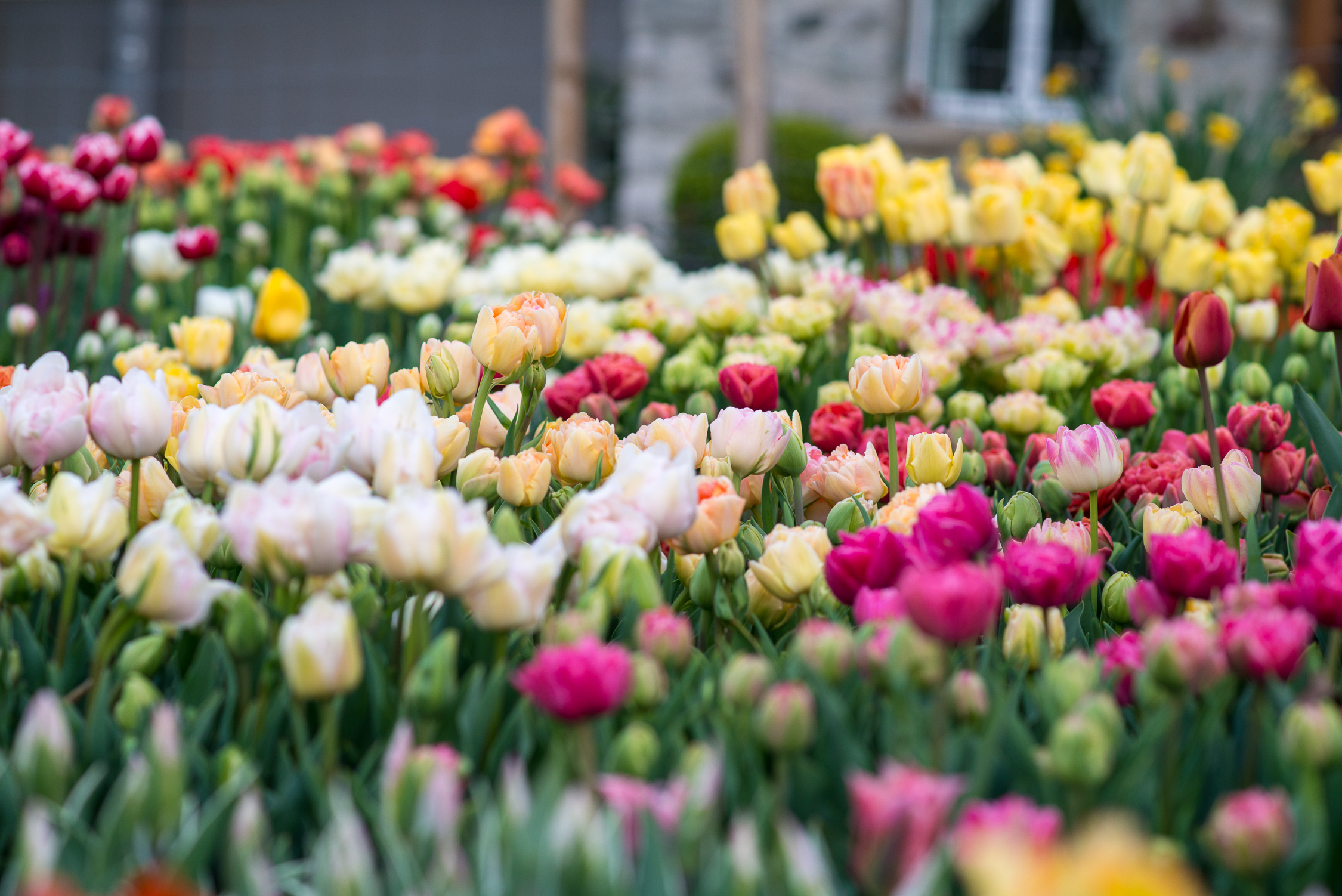
My favorite tulips
Tulips are the soul of spring!
I have been fortunate to grow many unusual varieties of these enchanting flowers. It is with great pleasure that I present my favorites.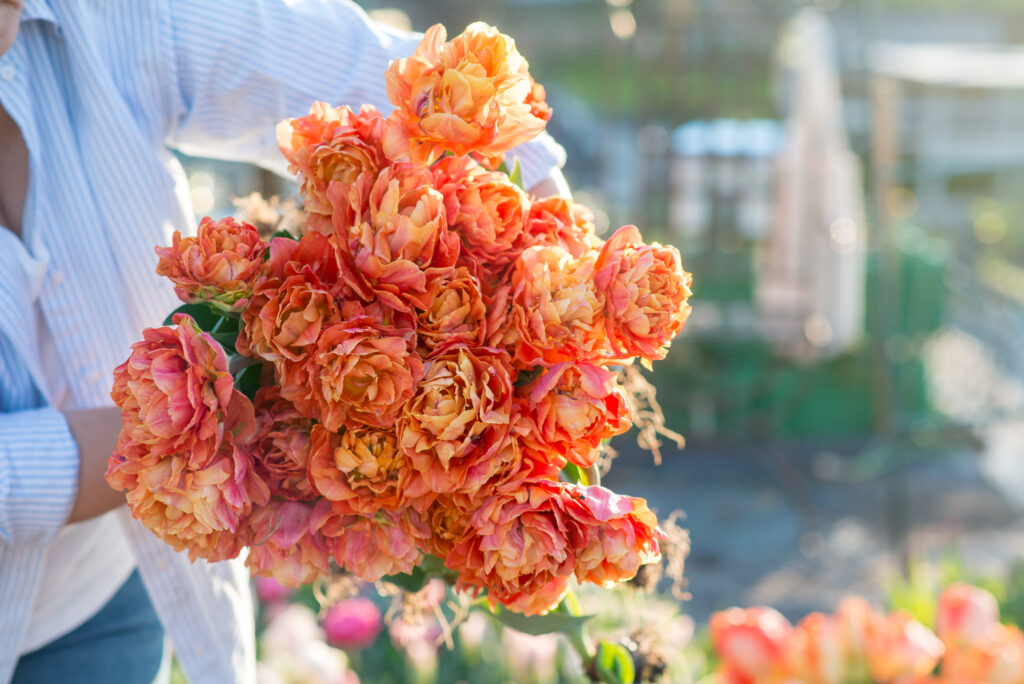
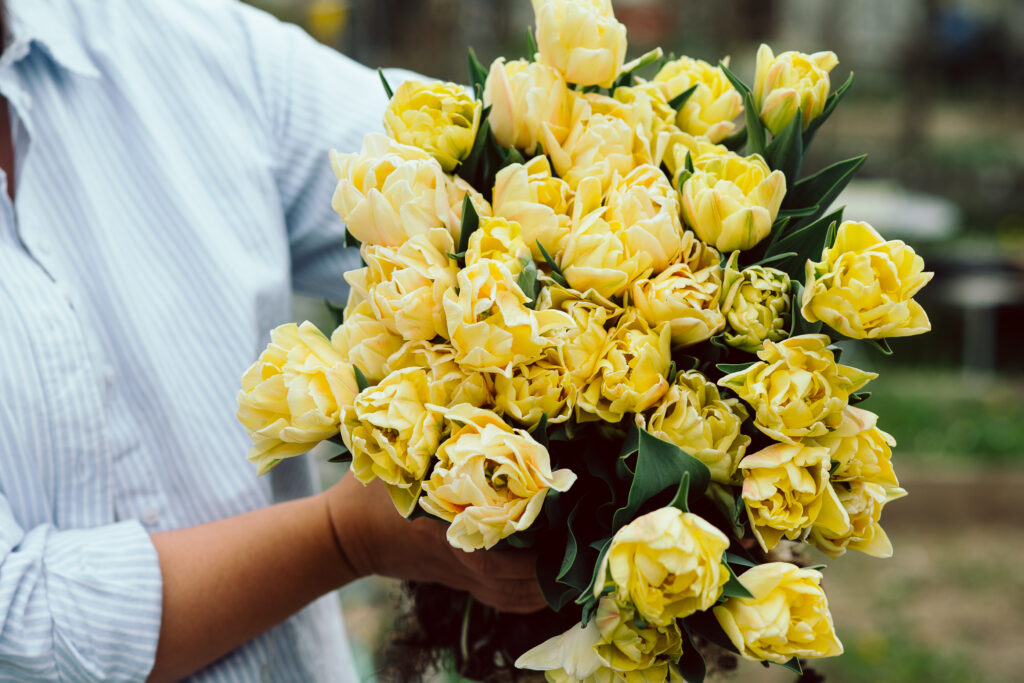
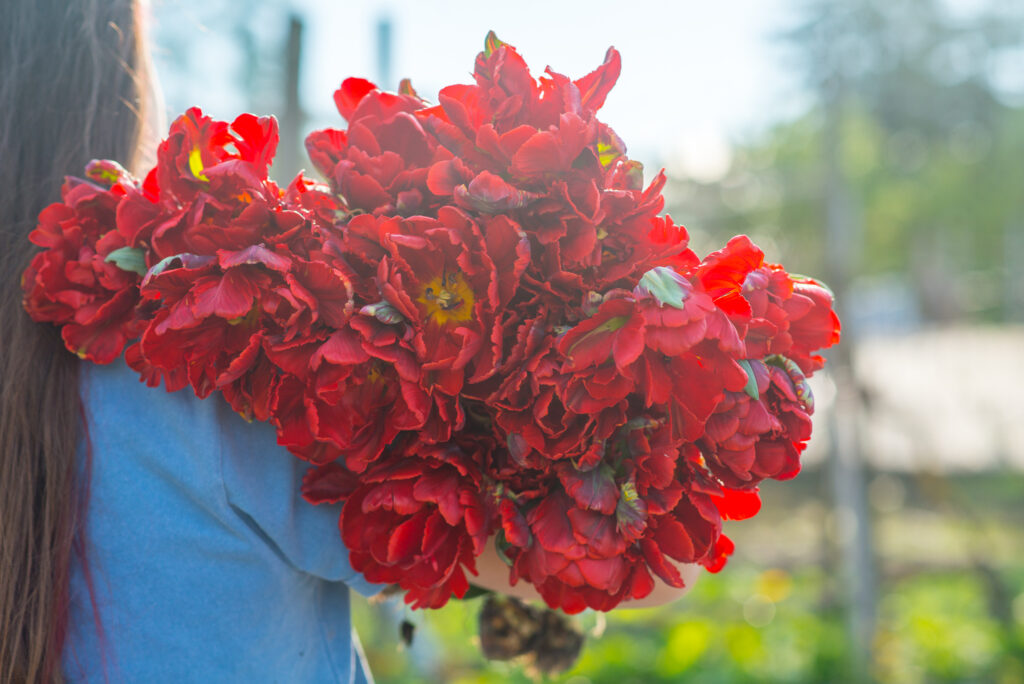
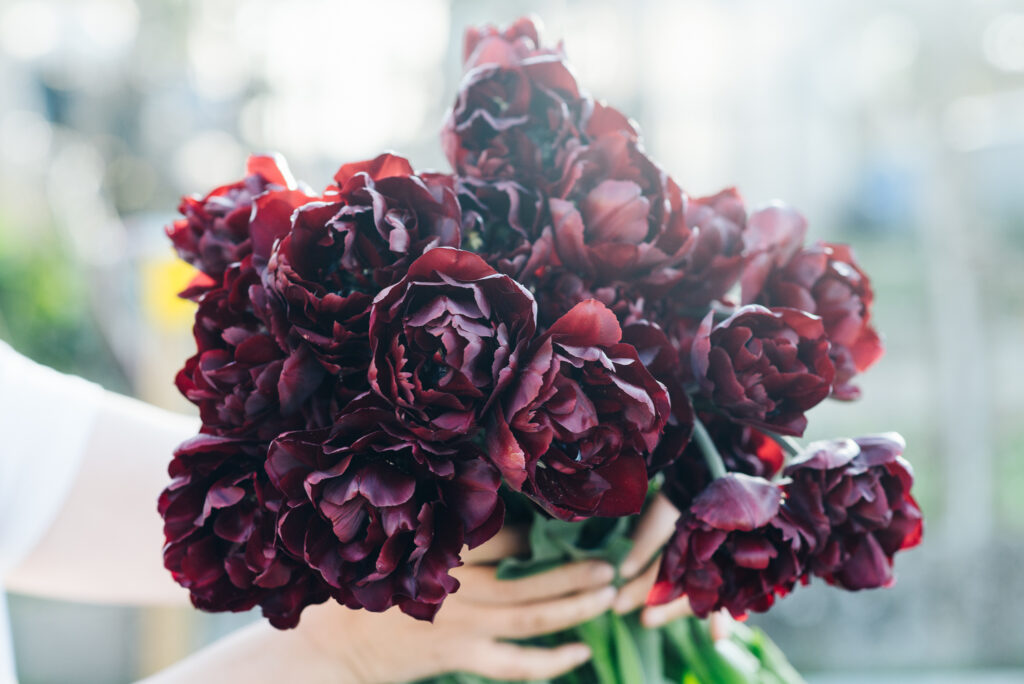
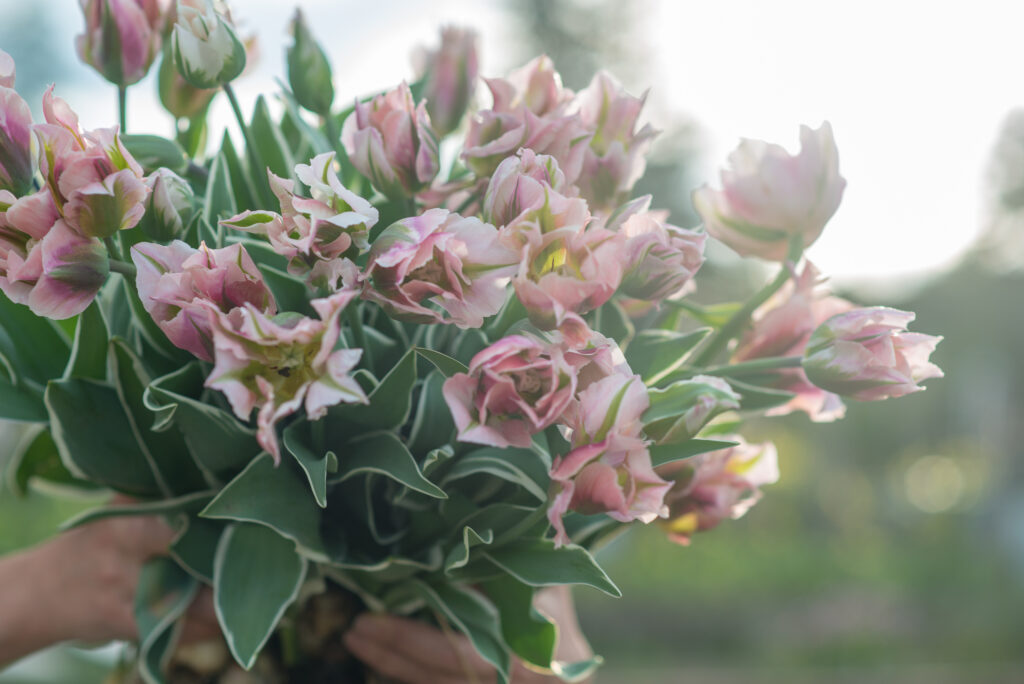
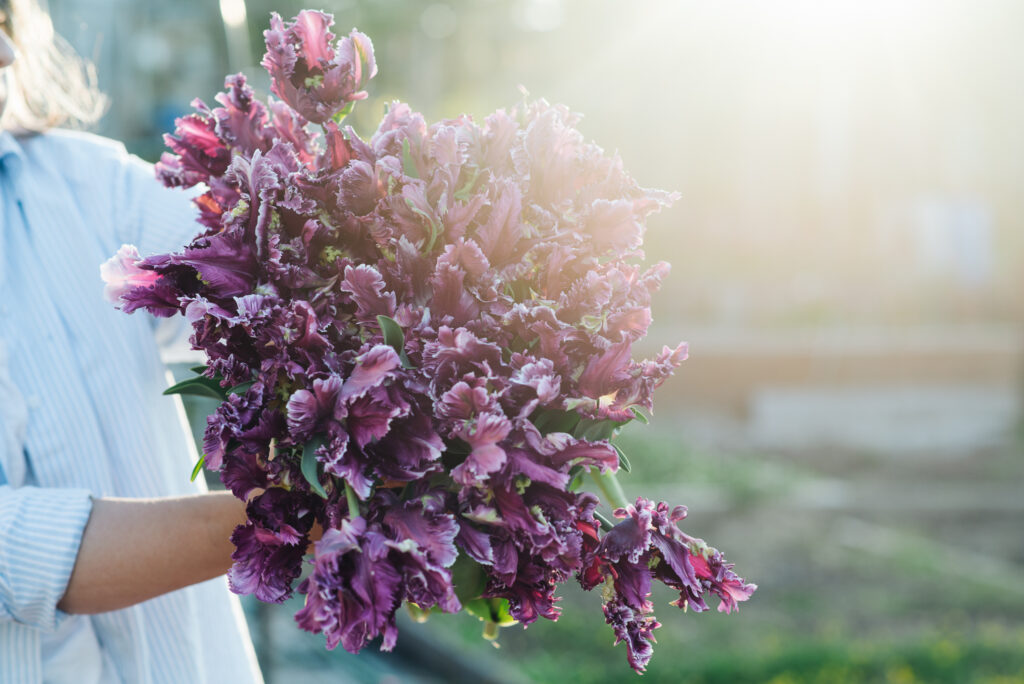
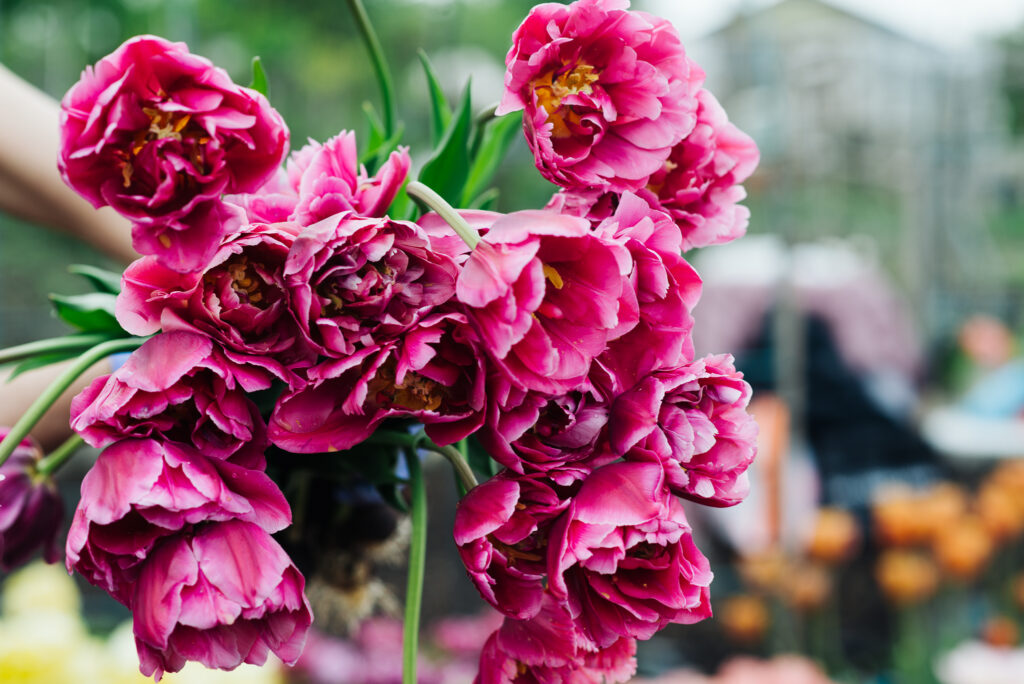
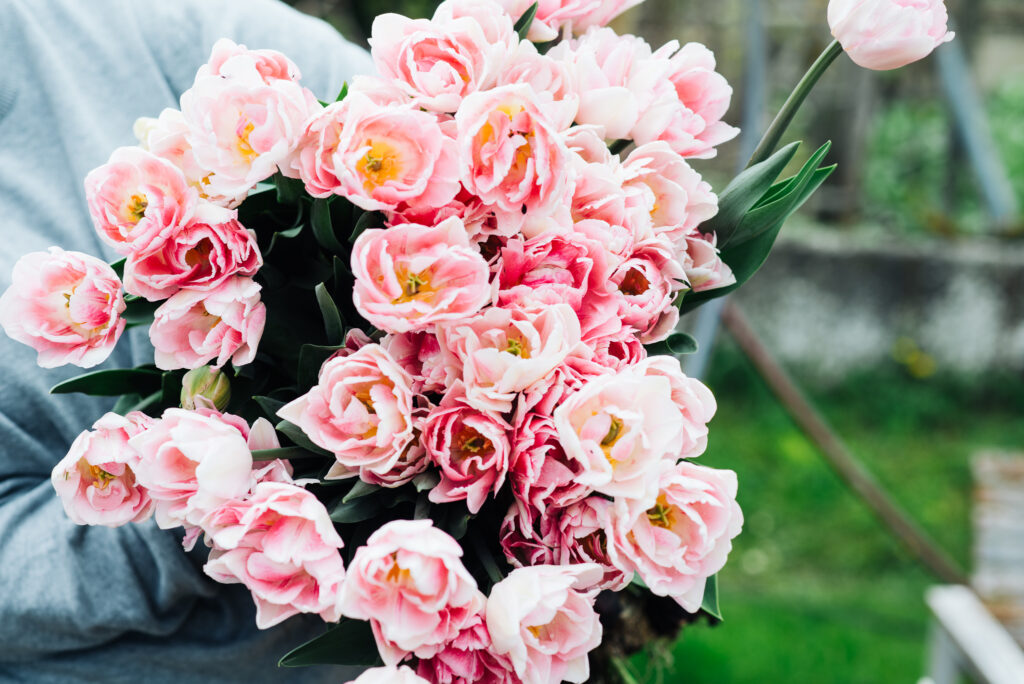
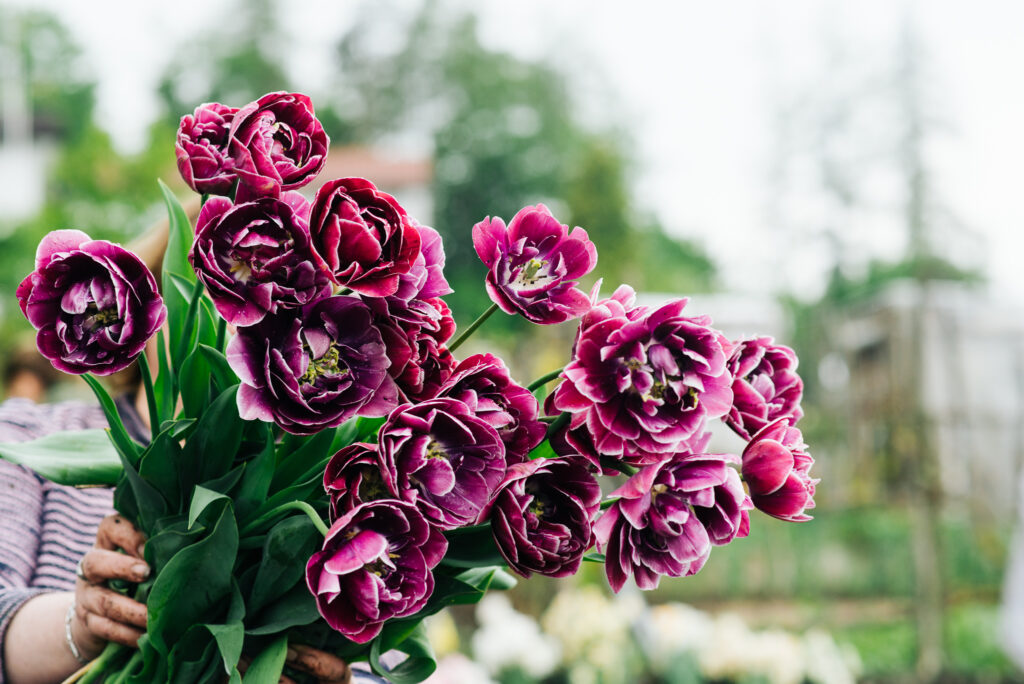
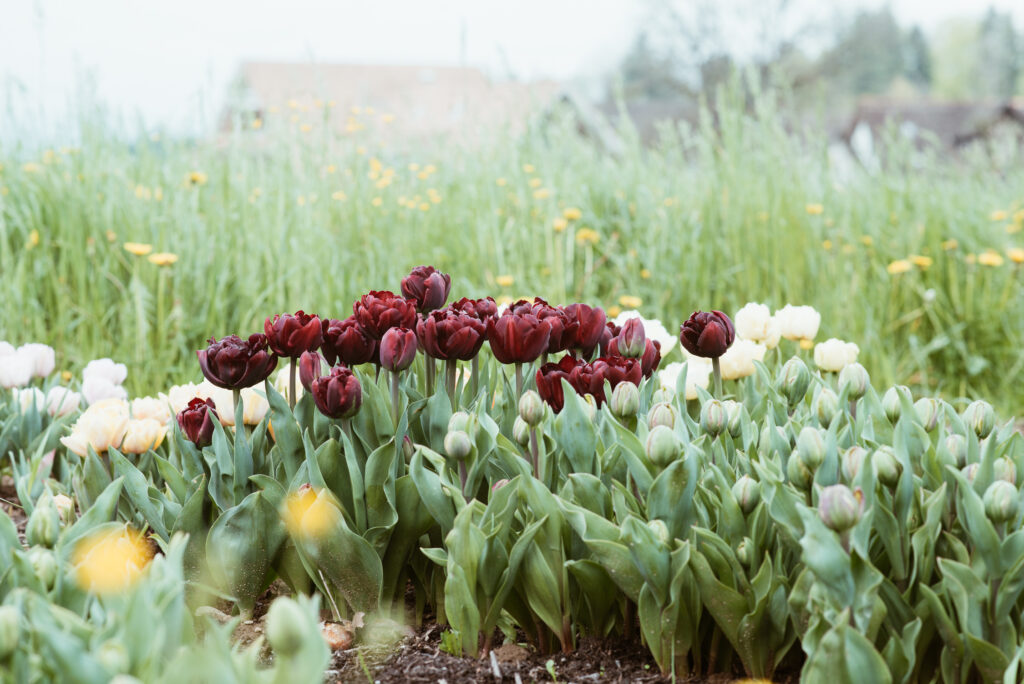
-
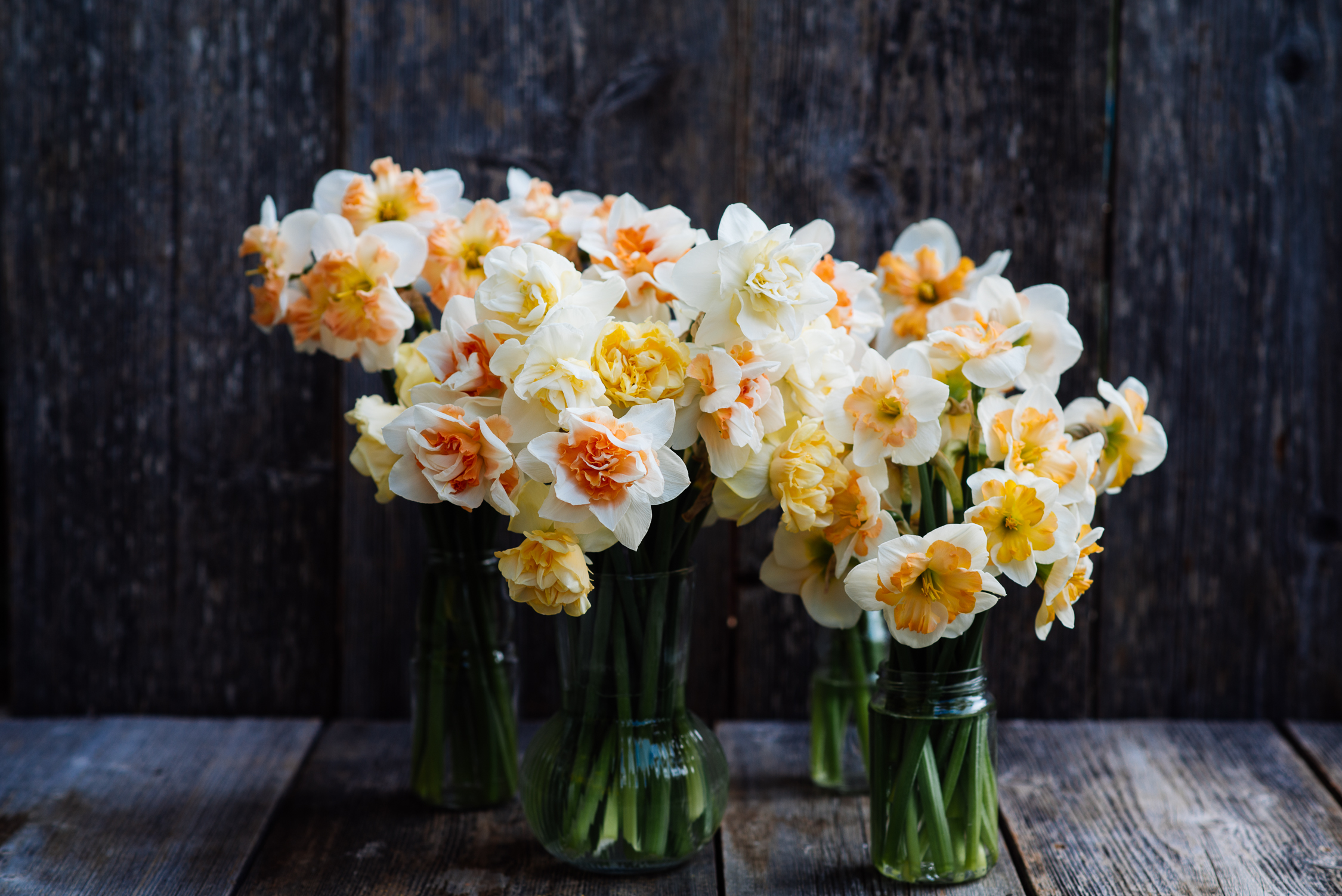
My favorite daffodils
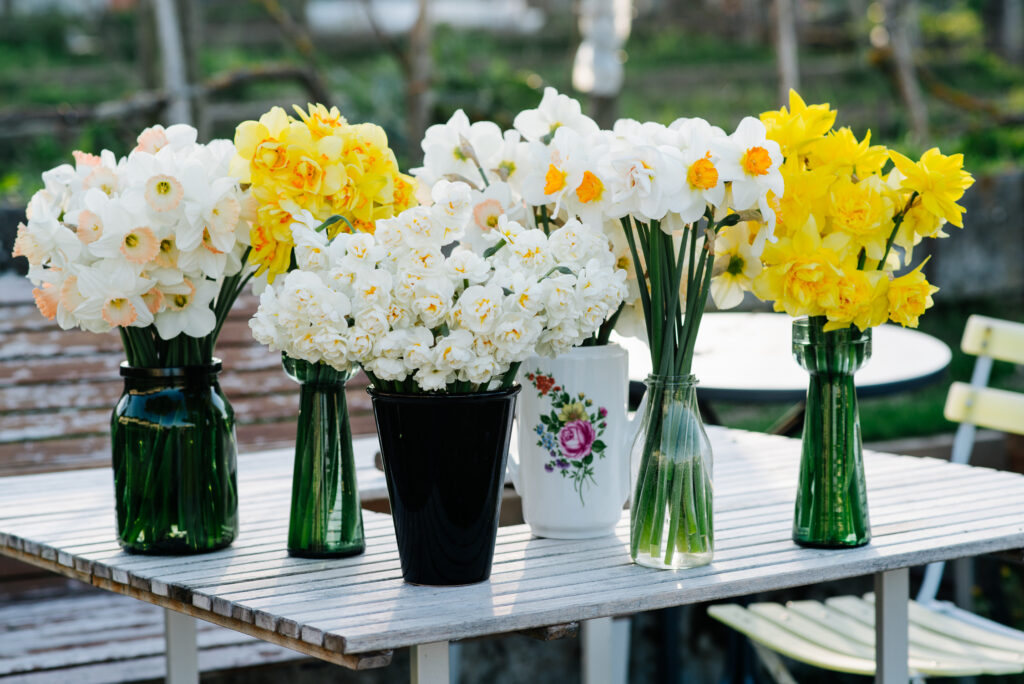
Daffodils - the music of spring!
It is with great pleasure that I introduce moh favorites in this group of colors.







-
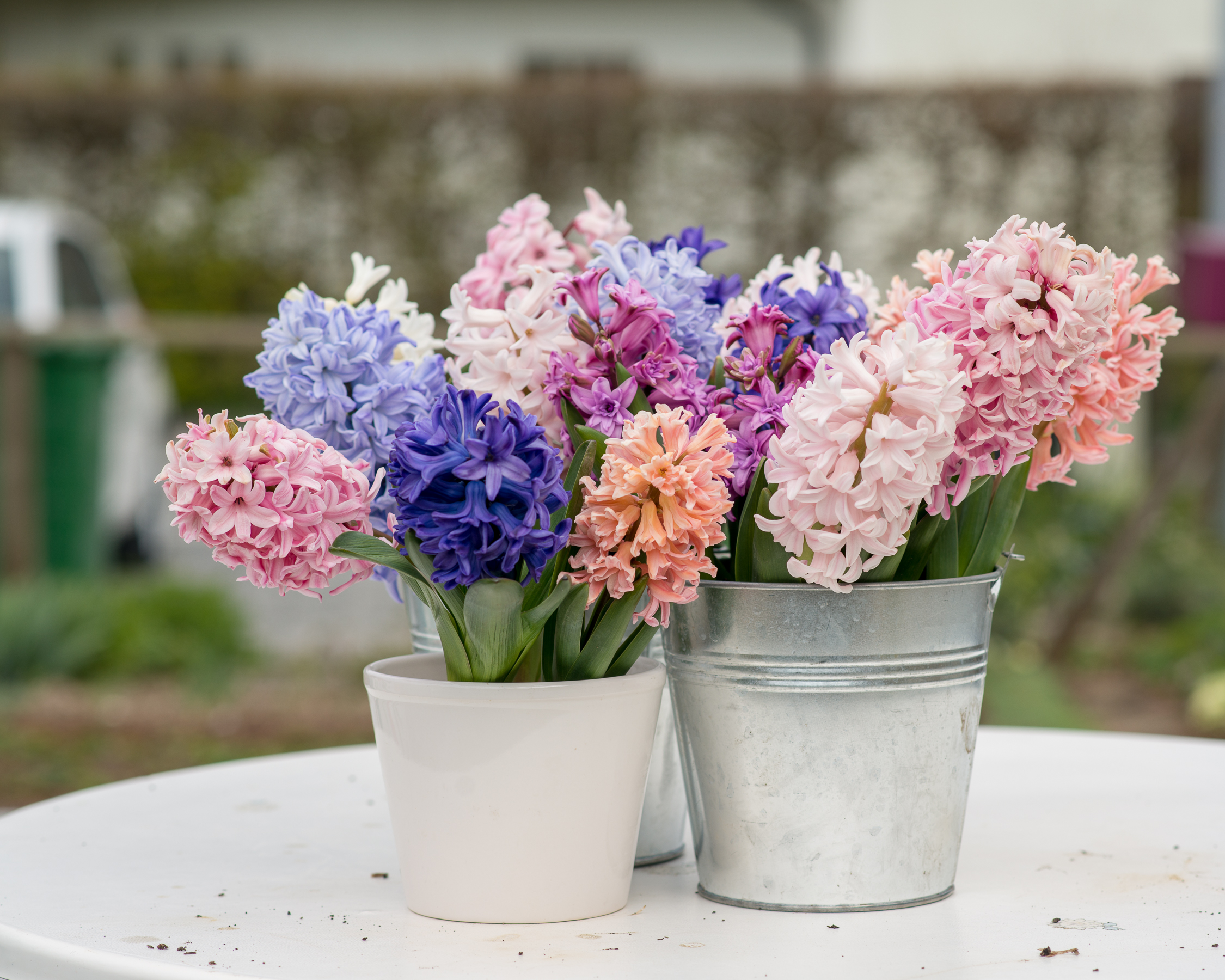
My favorite hyacinths
The spring garden is especially beautiful if you plant several hyacinth bulbs in the ground in the fall.
I am happy to share with you some photos of the hyacinths I have managed to grow.
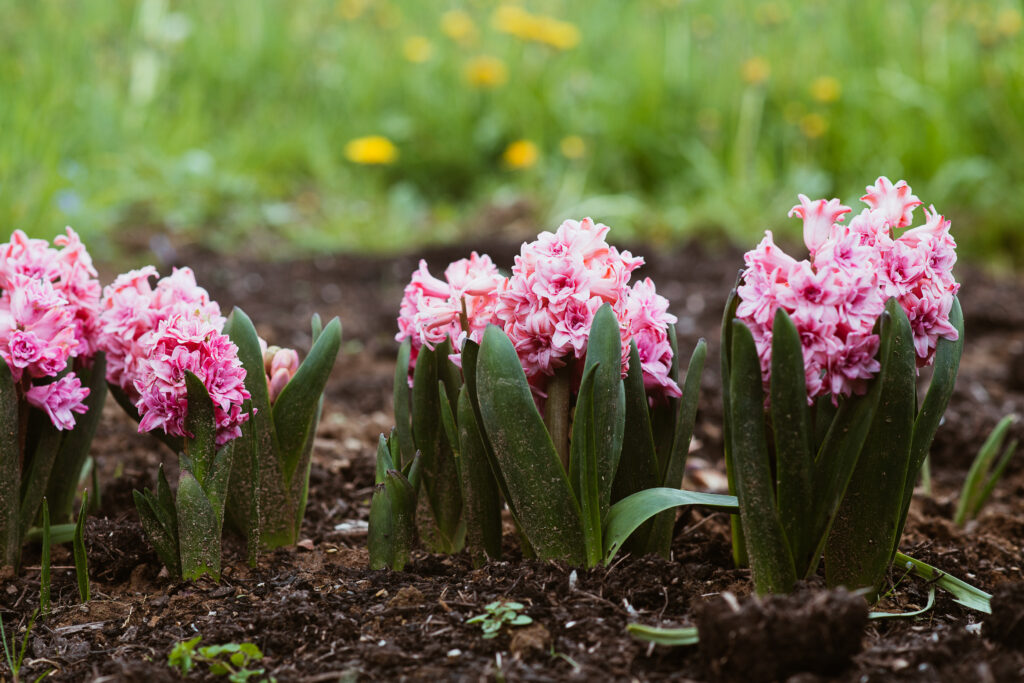
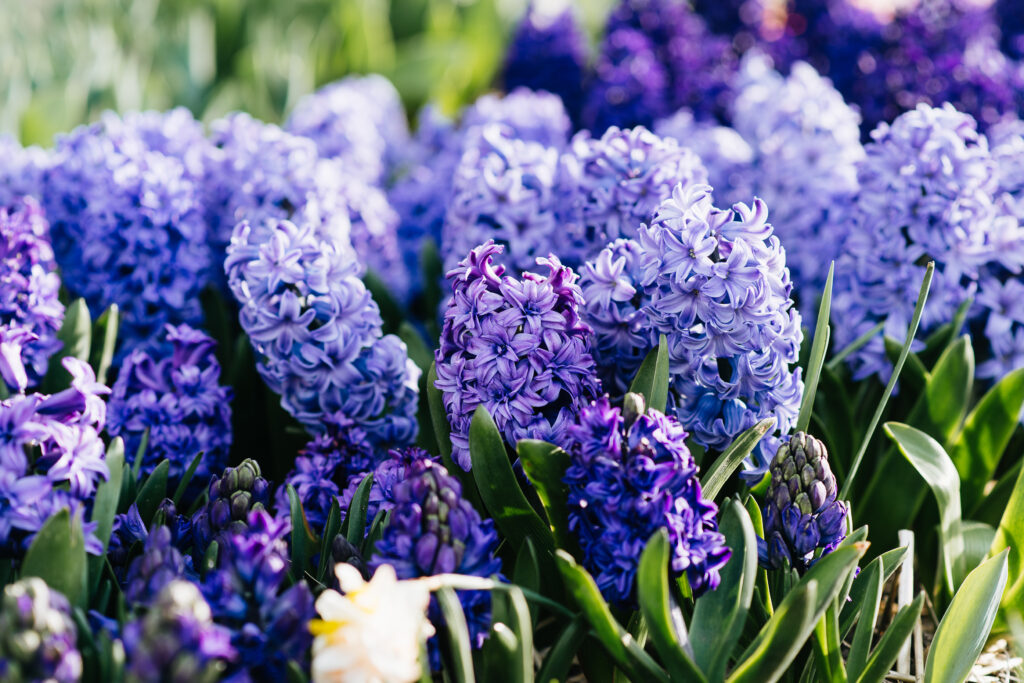
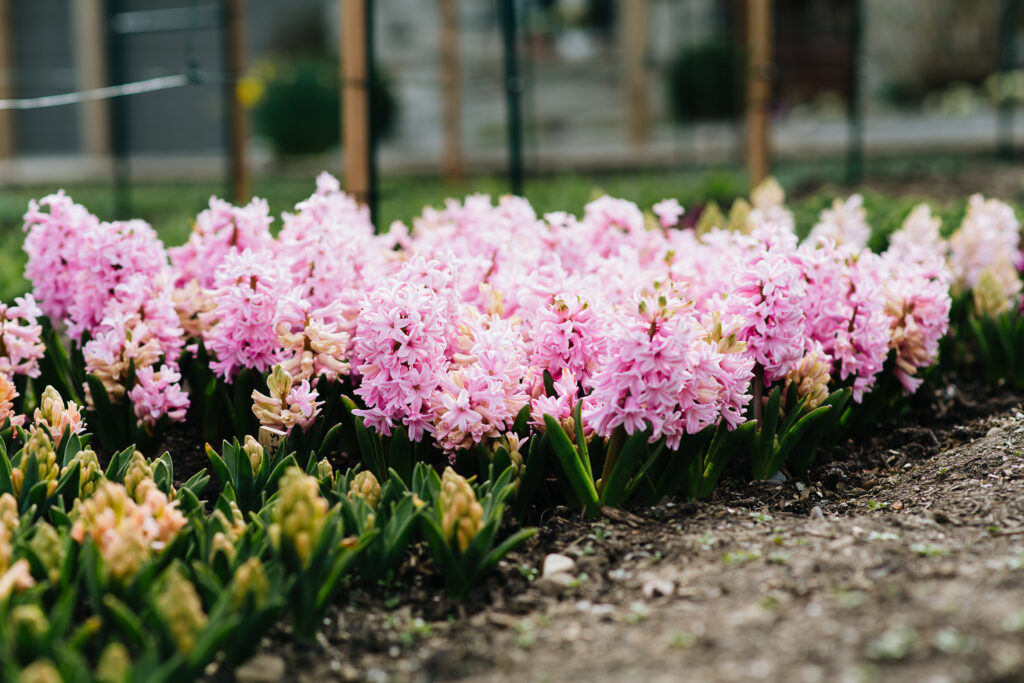
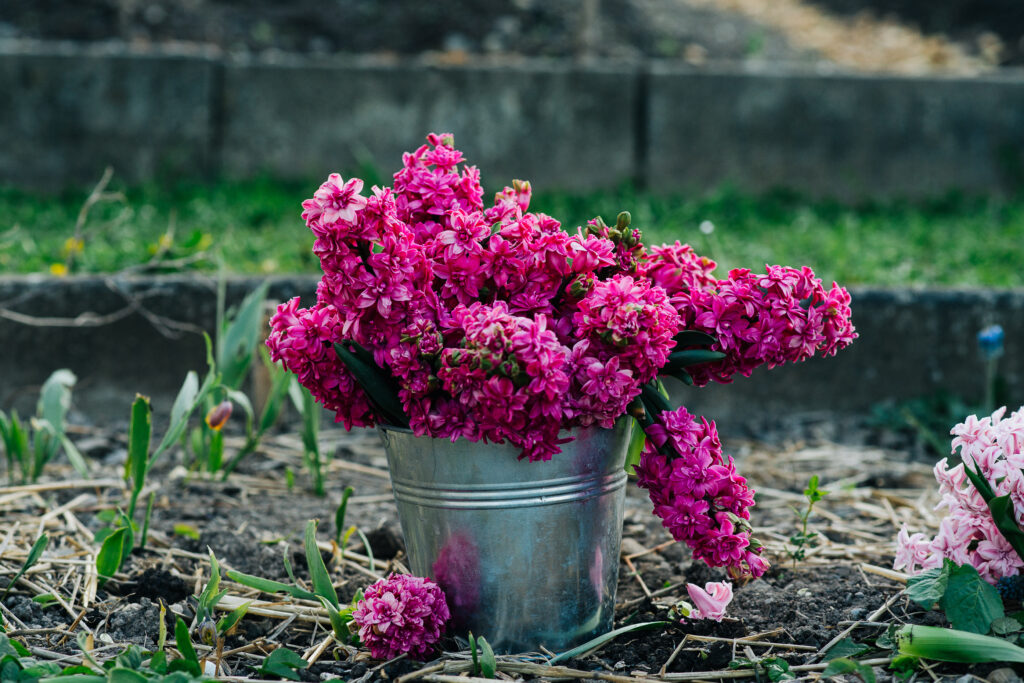
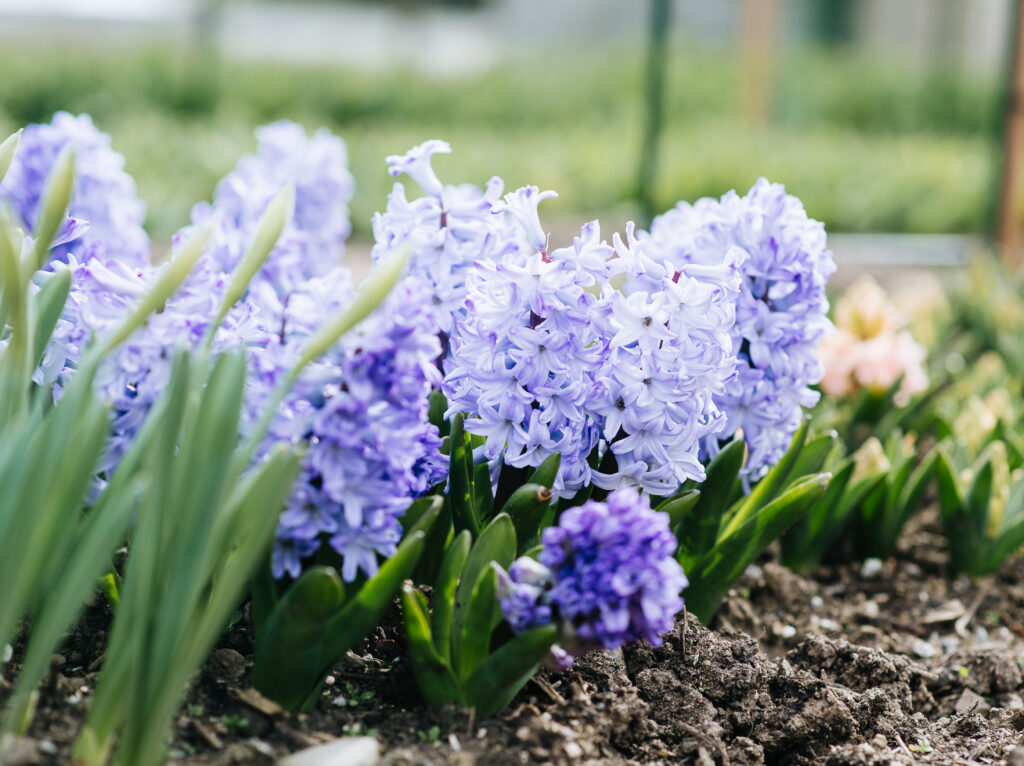
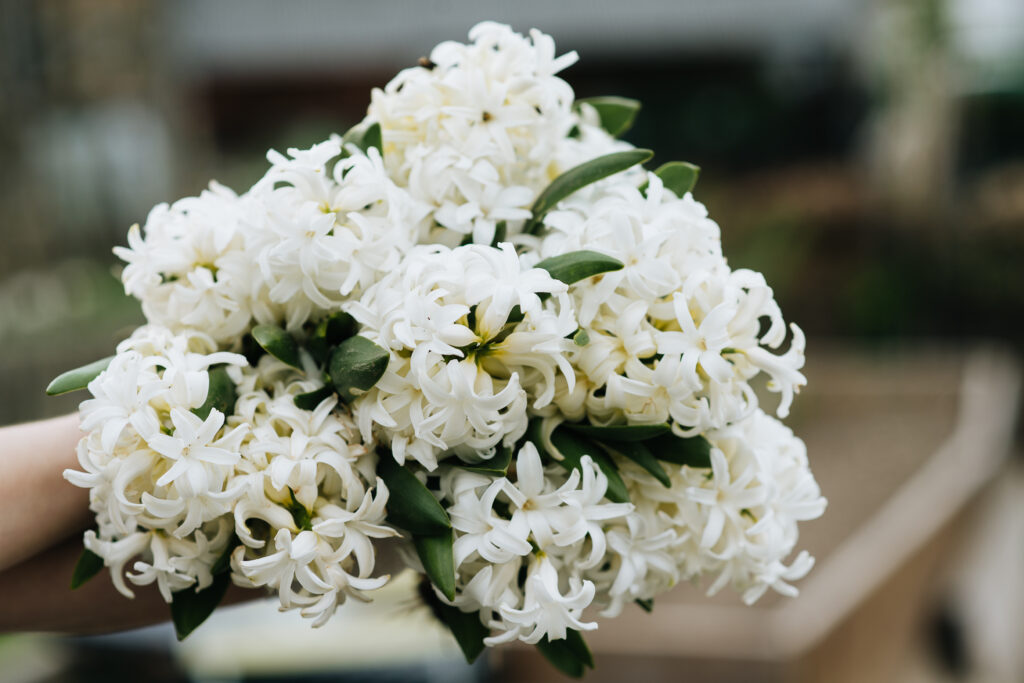
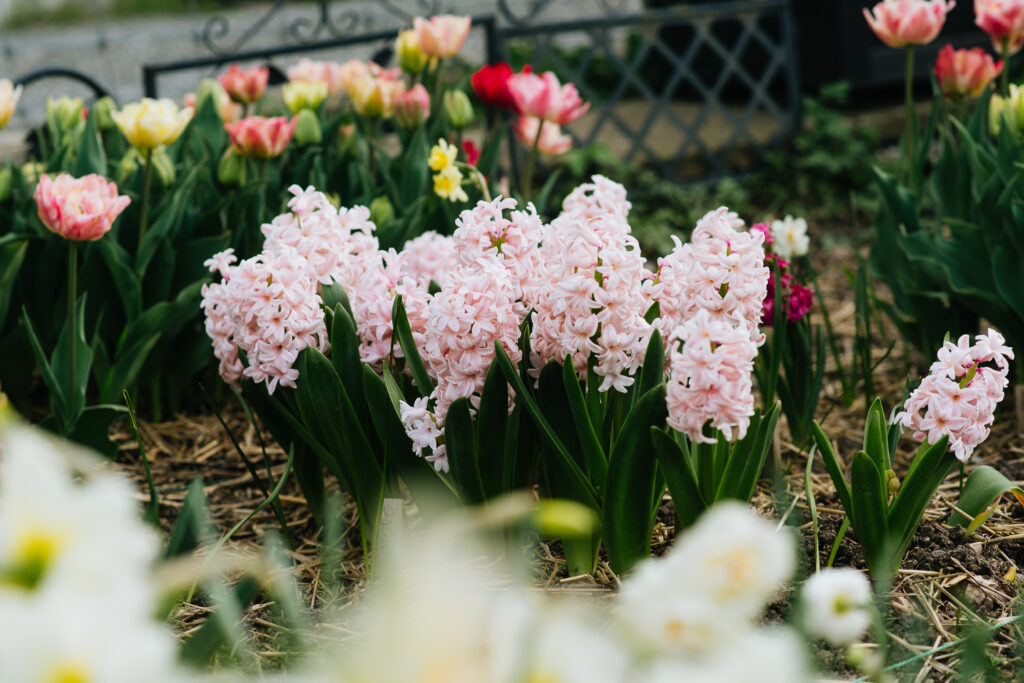
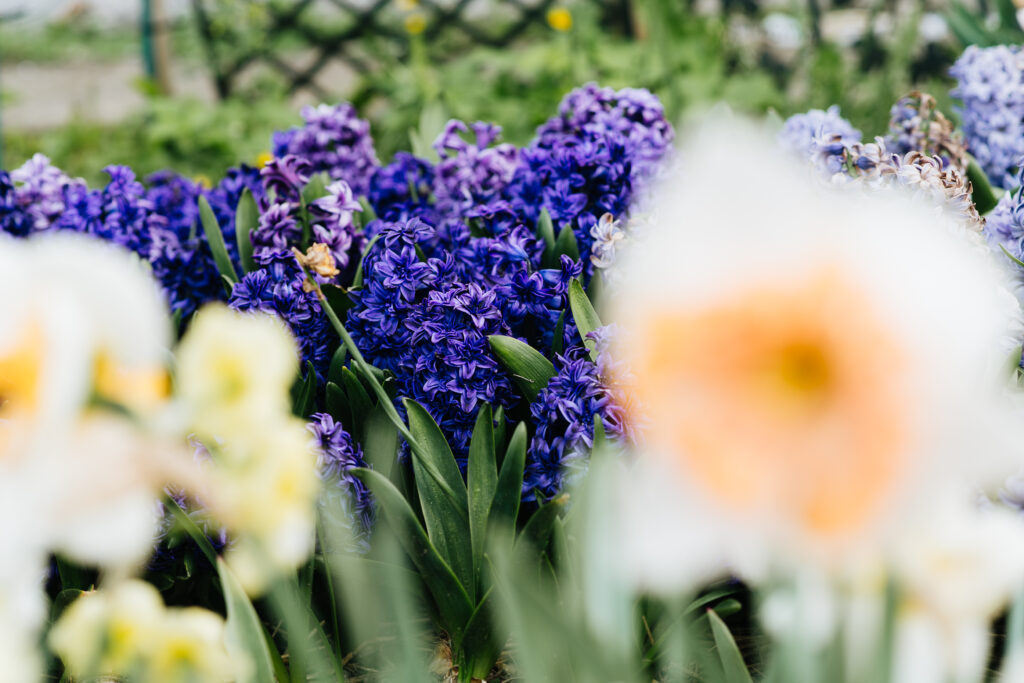
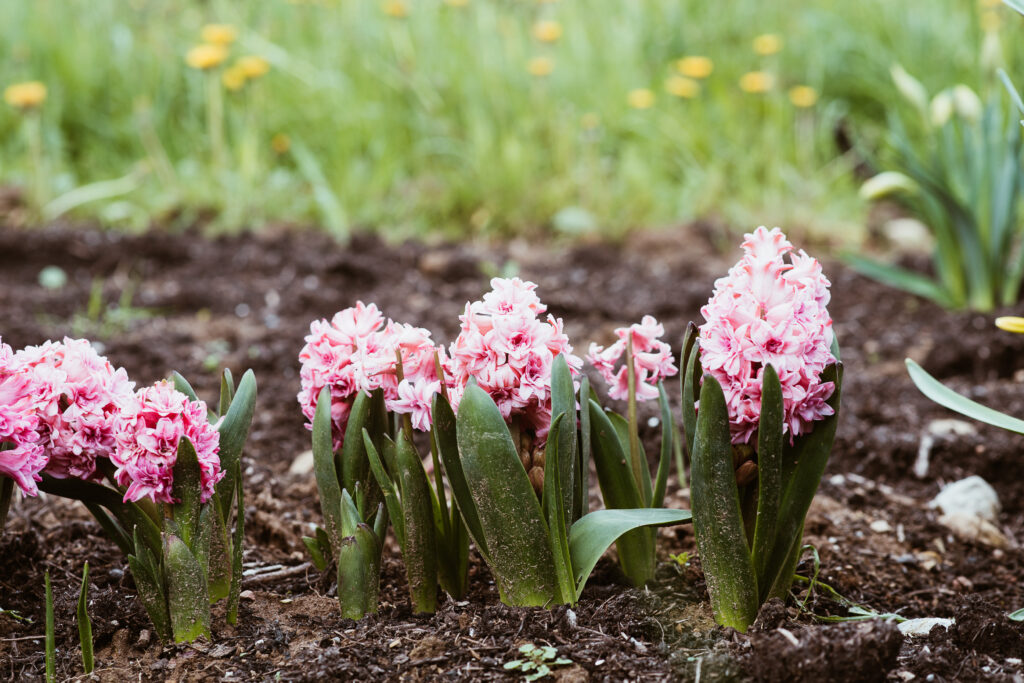
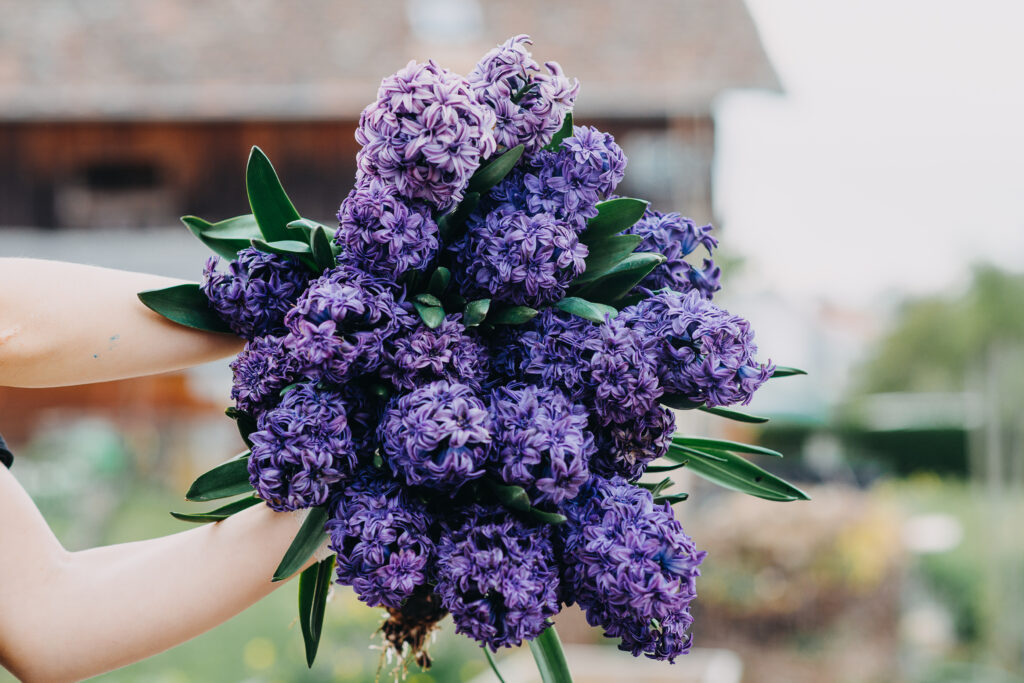
-
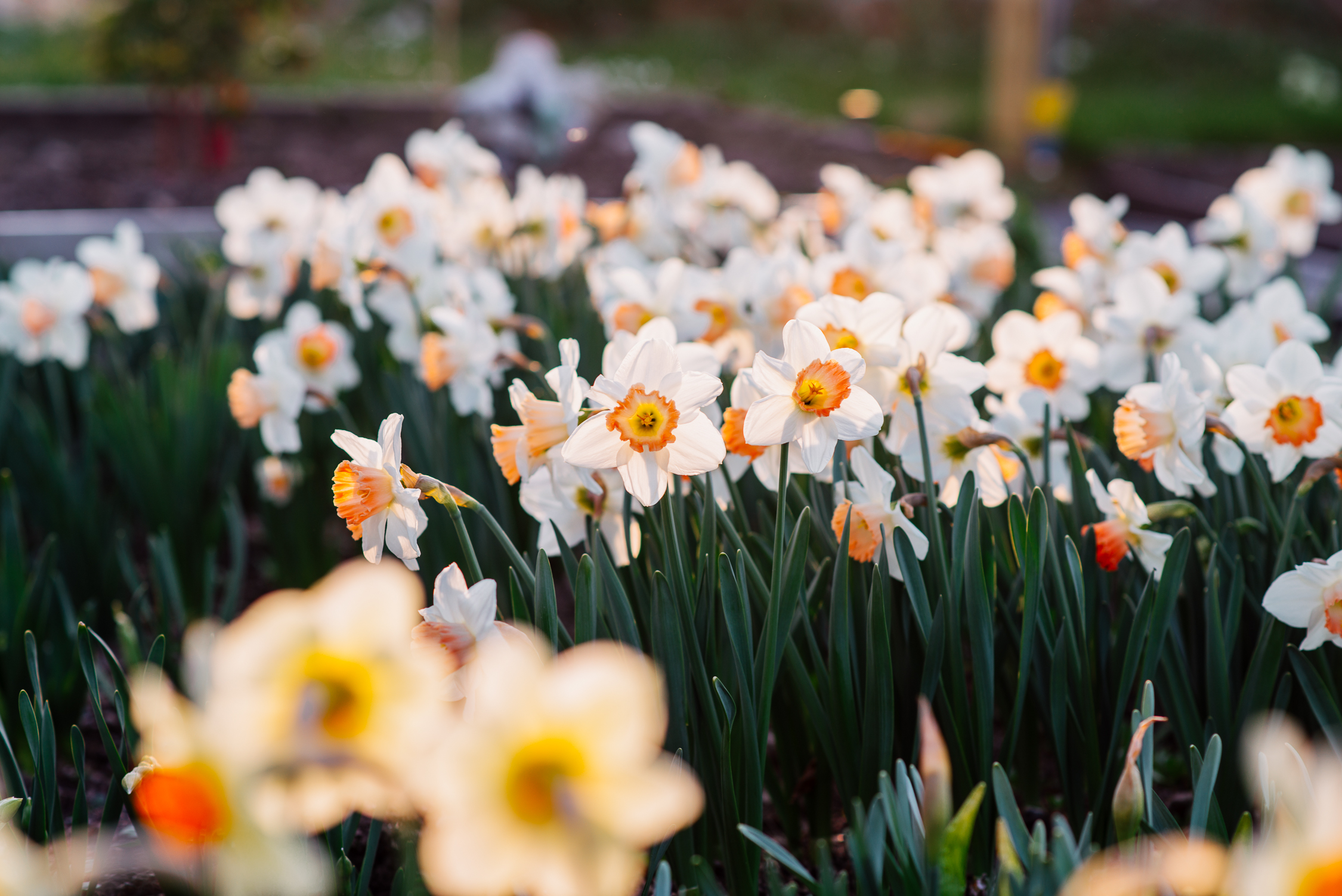
Daffodils - harvesting and care
Each spring, daffodils return to our gardens heralding the arrival of spring.
Over the years I have learned a lot about these unpretentious, spring flowers and would like to share my experience with you. I will mainly talk about cutting and care of cut flowers.


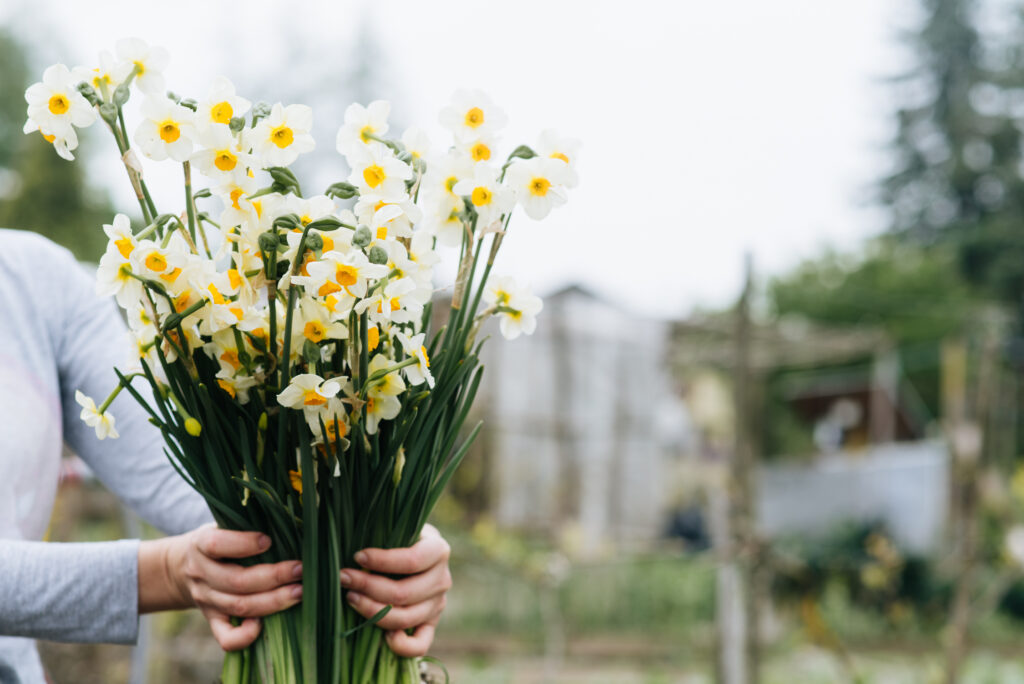
As you know, daffodils are not actually cut, they are pulled from the bulbs. You take them by the stem right at the base of the bulb and pull them out, although the process is still called "cutting". You take them by the stem right at the base of the bulb and pull them out. This process is still called "cutting".
The best time to harvest is early morning or late evening. When the weather is cool but dry and the sky is overcast, I also harvest daffodils during the day. On the other hand, if the flowers are cut in rainy weather, after watering, or even in hot sunny weather, they fade very quickly.
You may also notice a slimy sap coming out of their stems. This sap can cause skin irritation. This is why it is best to wear gardening gloves when cutting.
When I cut the flowers, I hold them cut side up so that the flower juice doesn't run out. This keeps the flowers fresher for longer.
The flowers are cut when their heads resemble so-called "goose heads". In my experience, such flowers can stay in a vase for up to two weeks.
I also like to cut semi-open and fully open daffodils. However, they don't live as long in a vase.
I avoid placing vases with cut flowers in direct sunlight.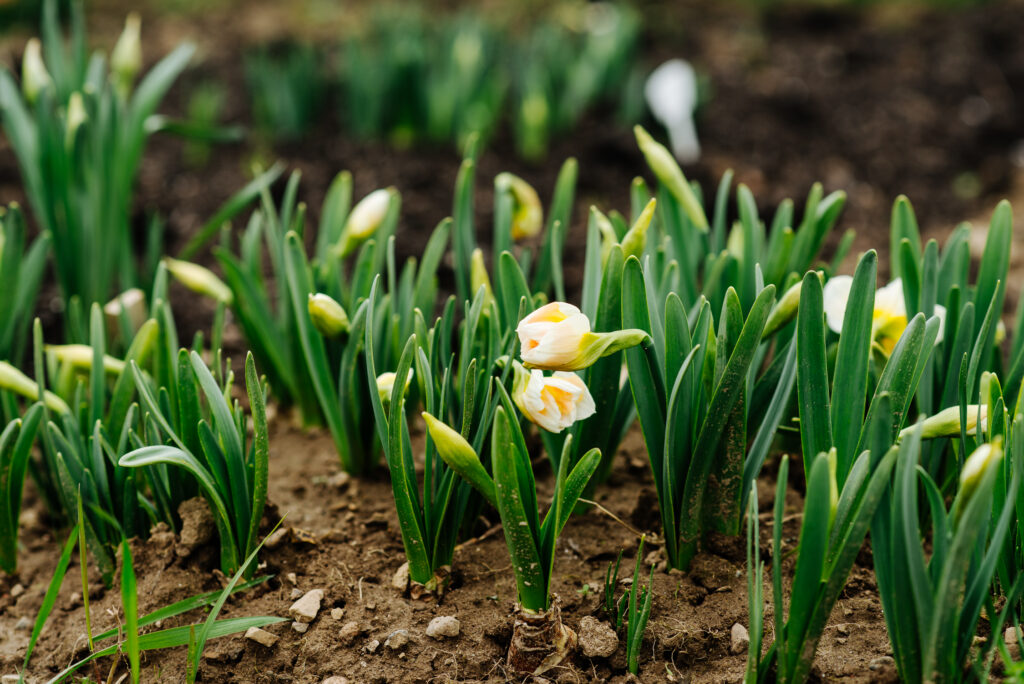
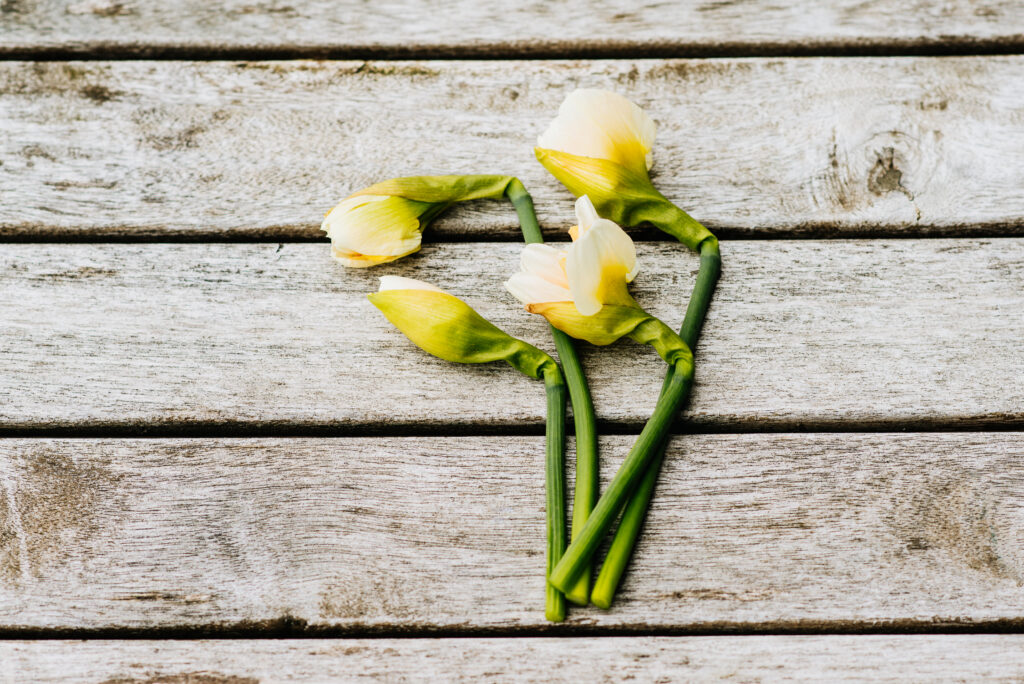



DAFFODILS IN COMPOSITION WITH OTHER FLOWERS
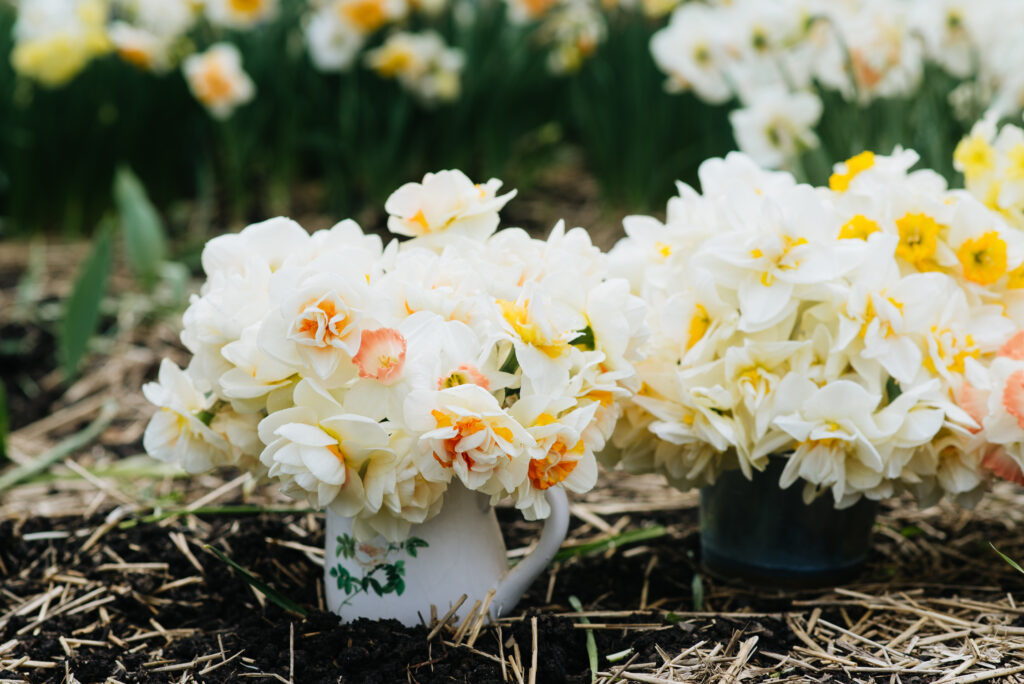
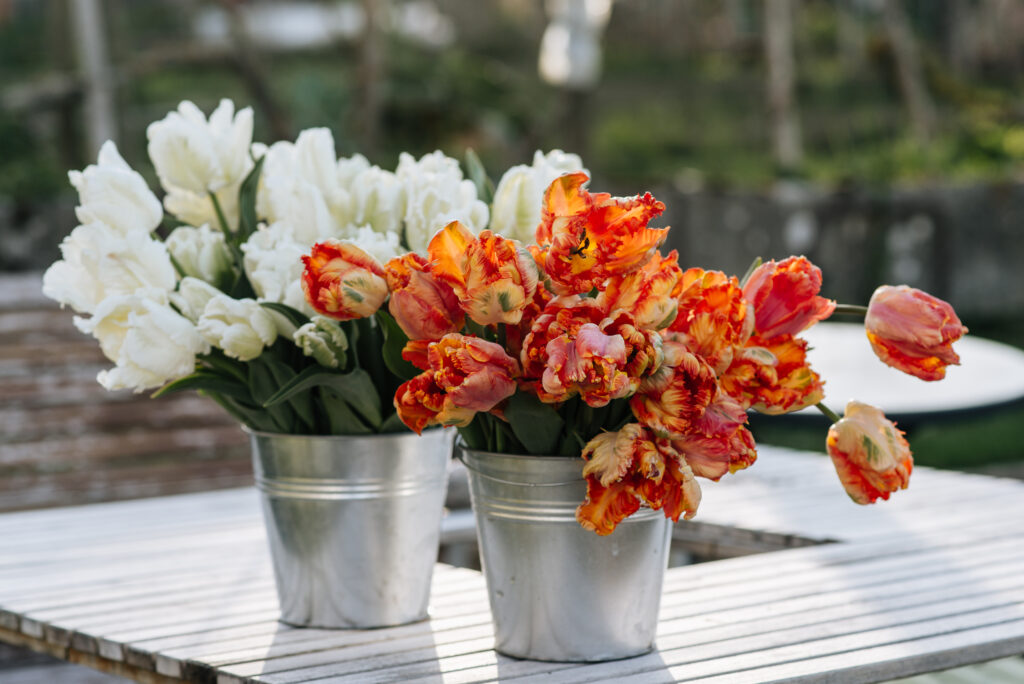
Daffodil juice contains poisonous substances that other flowers cannot tolerate.
Freshly cut flowers are separately placed in cold water for 3-4 hours. This hardens the cuttings and stops sap production.
After this treatment, you can combine daffodils with other flowers without problems, but only if you do not cut their stems again afterwards.
Honestly, I don't like to mix daffodils with other flowers. Instead, I change the water and wash the stems every day. Every other day I shorten them a bit, which freshens up the cut.
Even if you already know a lot about daffodils, I hope you still found something useful for you. I would love it if you could also leave a comment and give me more tips.
